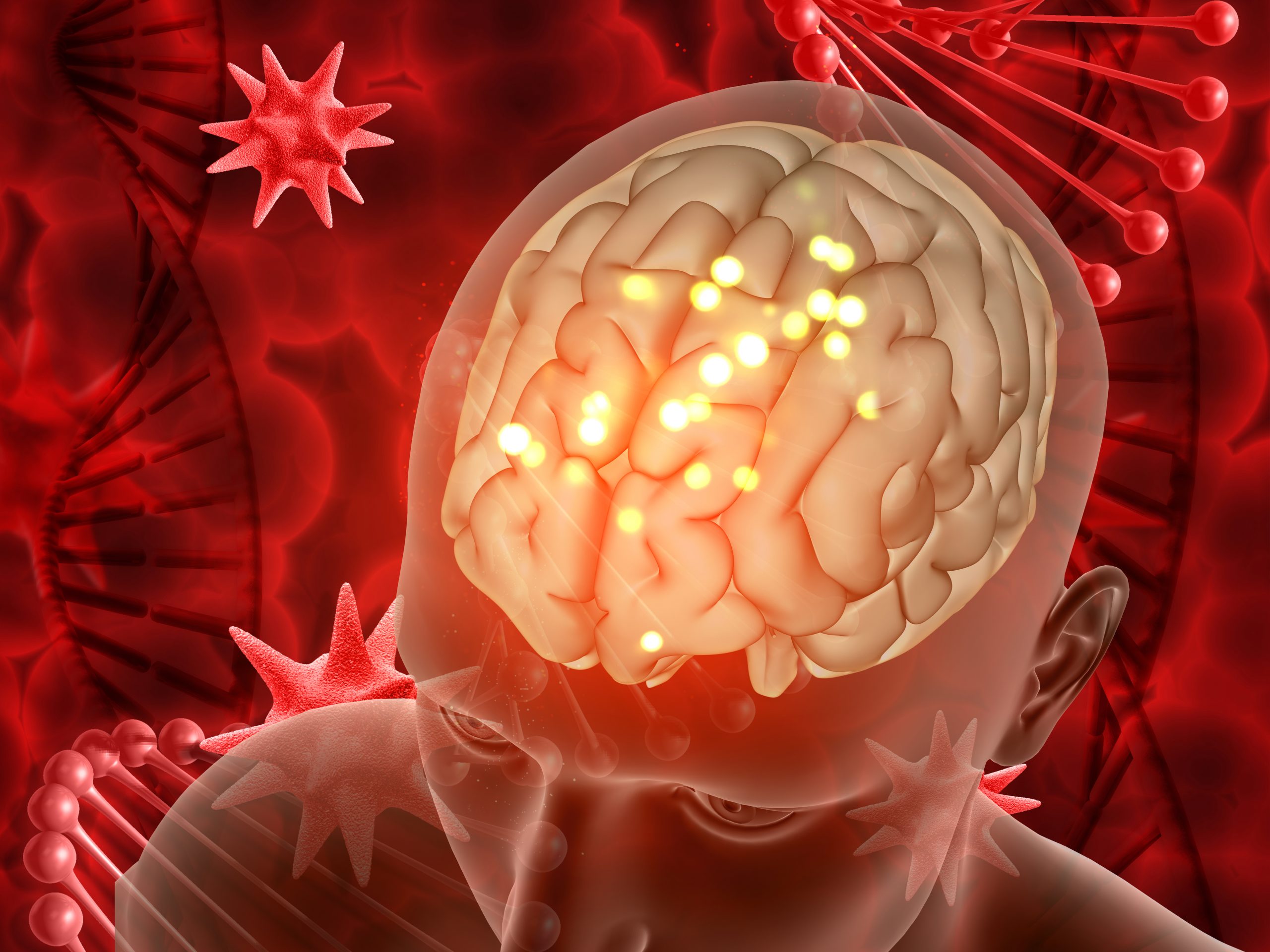

An emerging class of immunotherapy medications may be able to be used to treat the aggressive brain cancer glioblastoma, and a recent study reveals that two particular cancer cell mutations may cooperate to help hide tumors from the immune system. The study is published in Cell Reports.
Together with Franziska Michor, Ph.D., a computational biologist at the Dana-Farber Cancer Institute in Boston, Michalina Janiszewska, Ph.D., a cancer biologist at The Herbert Wertheim UF Scripps Institute for Biomedical Innovation & Technology, examined glioblastoma samples from 17 patients’ tumors.
The team used a combination of computational and statistical methods together with single-cell genetic mutation-highlighting microscopy techniques. The information showed a blatant signal: the invasion of anti-inflammatory white blood cells called macrophages into the tissue was predicted by a tumor’s increased frequency of cells with more than six repeats of each of two well-known cancer genes, EGFR and CDK4. According to Janiszewska, the ones that invade numerous brain tumor samples are known to reduce inflammation, which can protect cancer from an immune response.
One emerging class of medications targets these macrophages, although preliminary small studies indicate they may not be sufficient for treating glioblastoma. She suggested that concentrating on the subset of people who would benefit more would provide different outcomes.
“Our study suggests that using simple genetic testing and measuring tumor cellular diversity could, in the future, identify patients who would respond to therapies targeting these specialized pro-tumorigenic immune cells,” Janiszewska said.
The most typical kind of brain cancer is glioblastoma, which spreads quickly. New therapeutic options are required because patients typically survive for less than one and a half years after being diagnosed. In the United States, the condition affects about 12,000 people a year.
CSF1R inhibitors are a new class of cancer immunotherapies that target macrophages. Turalio was the first to be authorized by the American Food and Drug Administration in 2019. The ability to foresee which patients may respond to such medications the most is required, according to her.
“There were trials of these therapies, but they looked like they didn’t provide benefit to the patients. It would be good to go back to the trial to see if we could tell the difference between the responders and the non-responders,” she added.
Janiszewska focuses on describing the “microenvironment” of malignancies. This examines the variety of cells, tissue types, immune systems, and other elements that affect cancer’s development and dissemination across the body. It’s a data-intensive new front in the fight against cancer that combines lab research, computational biology, and computer science to help create more specialized, effective cancer treatments.
From here, Janiszewska hopes to work with groups that managed the early clinical trials of glioblastoma immunotherapy to examine tissue samples. In order to learn more about the process that causes those two mutations in glioblastoma to attract macrophages that encase tumors, she also hopes to create mice models of those abnormalities.
“This study definitely allows us to see that there is a connection between the genetic diversity of an individual region of the tissue and the tumor microenvironment,” Janiszewska said.
more recommended stories
 Caffeine and SIDS: A New Prevention Theory
Caffeine and SIDS: A New Prevention TheoryFor the first time in decades,.
 Microbial Metabolites Reveal Health Insights
Microbial Metabolites Reveal Health InsightsThe human body is not just.
 Reelin and Cocaine Addiction: A Breakthrough Study
Reelin and Cocaine Addiction: A Breakthrough StudyA groundbreaking study from the University.
 Preeclampsia and Stroke Risk: Long-Term Effects
Preeclampsia and Stroke Risk: Long-Term EffectsPreeclampsia (PE) – a hypertensive disorder.
 Statins and Depression: No Added Benefit
Statins and Depression: No Added BenefitWhat Are Statins Used For? Statins.
 Azithromycin Resistance Rises After Mass Treatment
Azithromycin Resistance Rises After Mass TreatmentMass drug administration (MDA) of azithromycin.
 Generative AI in Health Campaigns: A Game-Changer
Generative AI in Health Campaigns: A Game-ChangerMass media campaigns have long been.
 Molecular Stress in Aging Neurons Explained
Molecular Stress in Aging Neurons ExplainedAs the population ages, scientists are.
 Higher BMI and Hypothyroidism Risk Study
Higher BMI and Hypothyroidism Risk StudyA major longitudinal study from Canada.
 Therapeutic Plasma Exchange Reduces Biological Age
Therapeutic Plasma Exchange Reduces Biological AgeTherapeutic plasma exchange (TPE), especially when.

Leave a Comment